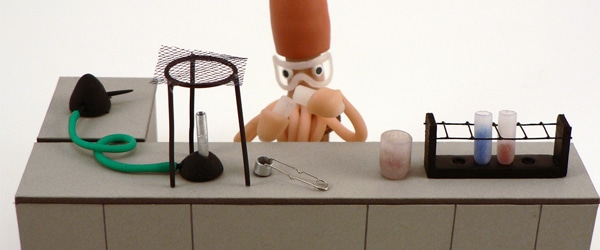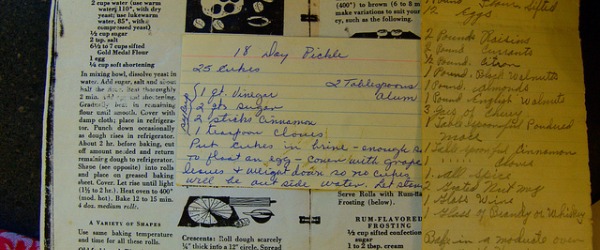A few years ago, I was doing research in a lab in Ireland. Our lab, among many others, was moving to a new building. Everything was chaotic. Half our equipment was in the old building and the new lab was creepishly empty. The fire alarm went off every few days. There was a constant war between the fire department, the safety officers and the researchers, the latter of whom refused to abandon their experiments until flames were coming around the door.
Anyway, what does this have to do with cleaning an incubator?
One morning, we were all sitting around a table waiting for our PI to arrive for our lab meeting. The PI came in looking grave. She had heard that one of the other labs had just found out over a years worth of work had been lost because an incubator had been contaminated and all the cells were unusable. One PhD student had watched her project literally die in front of her.
This just proves how important it is to keep your lab equipment clean from your freezer to your pipette to your incubators. It’s worth taking an afternoon off for.
How to clean a tissue culture incubator
How often your lab decides to clean the incubator(s) depends on a number of factors but you can’t go too wrong with cleaning it roughly weekly.
Disassemble
- To thoroughly clean an incubator, start by removing all the shelving. If a tray is used to hold water for humidification, also remove it.
- Next, remove the sides and top metal pieces that line the inside of the incubator. These can be difficult to pull out, but use some elbow grease and they should come off.
- Make sure you remember how they lined up to get them back in!
Wash it up
- Wash all parts of the incubator that you removed. Often standard detergent and warm water is sufficient. However, if you work with biohazards, adhere to the decontamination protocol for your particular hazard.
- For a very thorough cleaning (around every 6 months or so) autoclave the parts by wrapping them in tin foil to ensure they remain as sterile as possible.
- Spray down the inside of the incubator with 70% ethanol and wipe it out (I wouldn’t recommend keeping your head in there too long!)
- Clean the outside of the incubator paying special attention to surfaces that are touched a lot, e.g. buttons and knobs.
- Clean the seal of the incubator with detergent and ethanol. A lot of gunk can accumulate there!
Reassembly
- Check the HEPA filter inside the incubator. This needs to be replaced every 6 months to ensure it is functioning at tip-top efficiency and only sterilized air is being circulated.
- Make sure all other aspects of the incubator are in good working order, paying particular attention to door seals. Add a small amount of sterile oil to the seals to help them last longer (also works for your fridge and freezer!)
- Put the incubator back together, being careful not to damage the door seals when putting the metal pieces in. Refill the water tray with clean water. Some labs like to add Roccal or a fungicide to the tray at the specified concentration to prevent growth of microbes.
- Turn the incubator on and make sure temperature and carbon dioxide readings are stable before putting cultures back in.
- If cells are contaminated with Mycoplasma discard them . If that is not possible, treat cells with antibiotics such as MRA (Mycoplasma Removal Agent) or Plasmocin. Double the treatment time to ensure Mycoplasma is completely gone
How to keep your incubator clean
If you’re good about cleaning the incubator regularly, then the risk of contamination is significantly lowered. But good aseptic technique is also required to bring it down as much as possible. The bugs will only get in there if they’re put in there!
This means everyone in the lab must be vigilant when using the laminar flow hood, water baths, work surfaces etc. to ensure the incubator stays clean.
And remember:
Don’t call the world dirty because you forgot to clean your glasses. – Aaron Hill






